A framework for inclusive leadership
Wonya Lucas and her story exemplify what I call the five Cs of inclusive leadership.
Inclusive leaders are those who are committed to creating and fostering a diverse environment where everyone, however different or diverse those others might be,
feels valued, respected, and empowered to bring the best of themselves to work. They build alignment, allies, and advocates across their organizations to harness the power of difference. They model a certain transparency and vulnerability. They are aware of their own limitations or biases and acknowledge that they may not have all the answers. They ask questions, challenge assumptions, and go out of their way to seek out diverse knowledge, perspectives, and expertise across the organization. Inclusive leaders embrace difference, welcome dissent, practice empathy, champion change, and do not shirk their responsibilities even if it risks their popularity at times.
In my research and work with leaders across the globe, I’ve observed that inclusive leadership is built on five critical qualities – five Cs – that are not necessarily innate, but that can be learned and practiced, just like any other leadership skill. These five Cs are: consciousness, curiosity, compassion, competence and courage.
Here’s a look at each of the five Cs, together with some suggestions on how to cultivate these qualities in your own leadership practice.
Consciousness
Inclusive leaders understand and acknowledge that difference exists – and with difference, the potential for bias. For these leaders, the priority is not to minimize difference – be it based on race or ethnicity, gender or culture, neurodiversity, or generational differences between individuals. Instead, they strive to recognize, respect, and appreciate the value that difference can bring to their teams and organizations. At the same time, by acknowledging that bias and privilege exist, leaders accept and start to appreciate how these factors limit equity in organizations and systems.
A key step here is to become more conscious of our own biases – biases we all have, and which are usually so entrenched we’re unaware we even have them. That takes deep reflection and self-analysis, not from a place of judgment, but from a desire to learn. It takes asking yourself hard questions. And it takes inviting others to share their authentic experiences with you – just as Wonya Lucas did. Inclusive leaders make it a priority to create consciousness in others and to create platforms for others who struggle to have voice and agency in the organization. And they do so in such a way that employees feel empowered and engaged to take risks, to challenge assumptions, and achieve more in so doing.
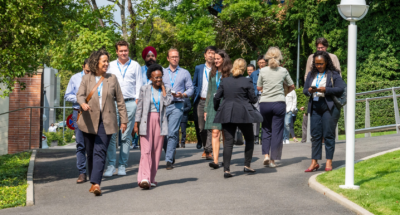
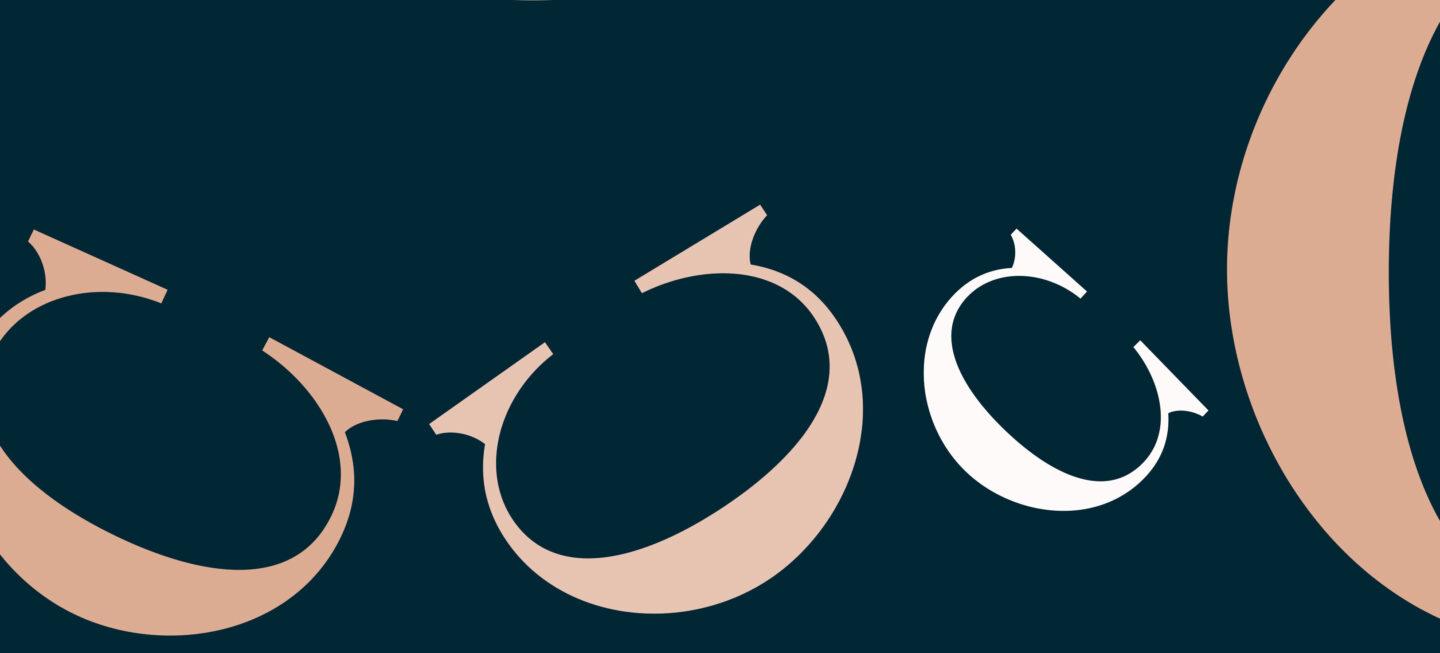
 Audio available
Audio available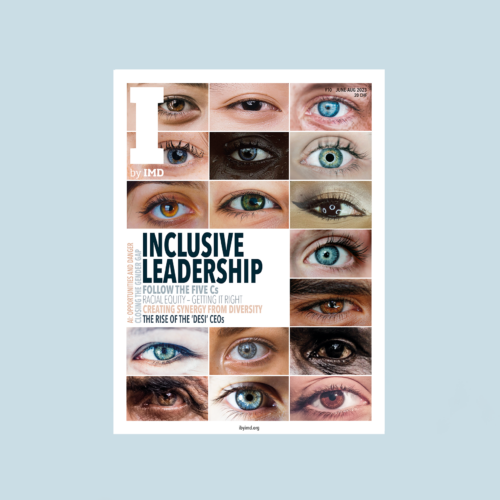
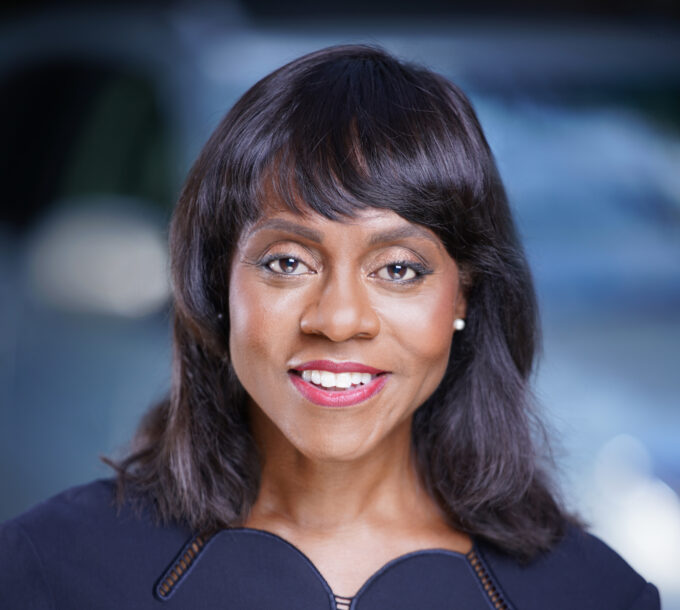
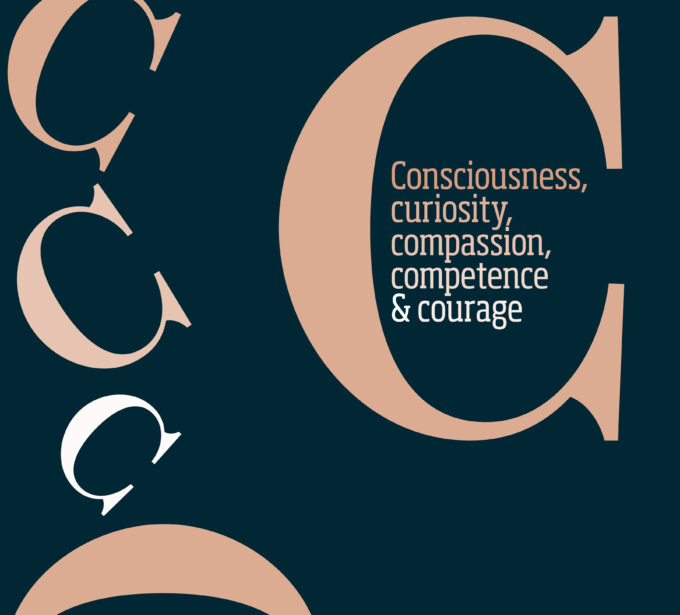
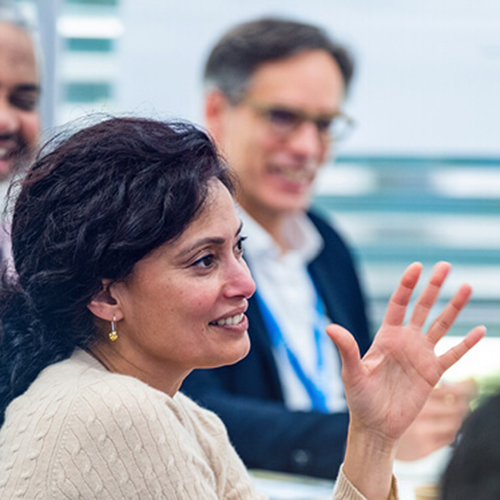

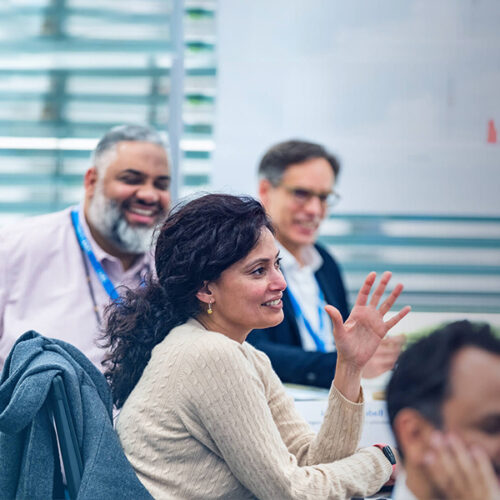
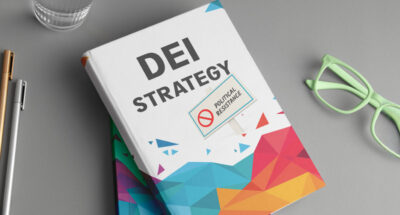

 Audio available
Audio available